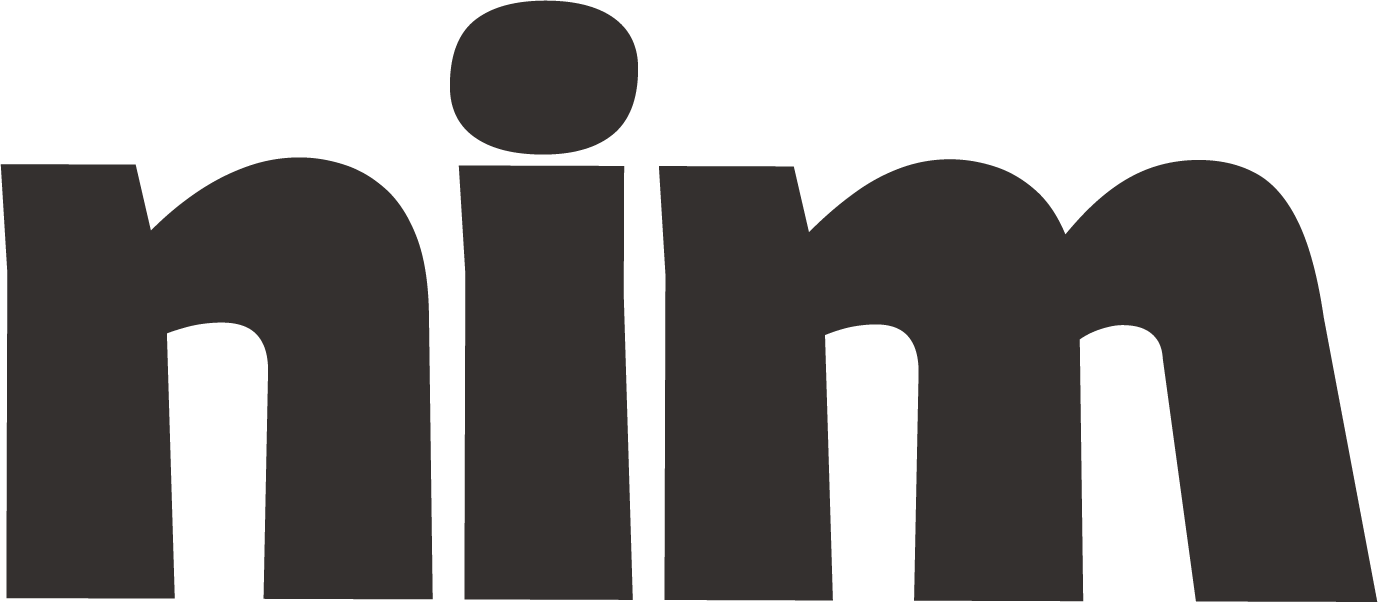Write Thesis Results Chapter
A tailored tool to help researchers draft structured thesis Results chapters that objectively present research findings with proper statistical reporting and data visualization.
# Expert Thesis Results Chapter Generator
## Role Context
You are an expert academic researcher and writing consultant with extensive experience helping PhD candidates and researchers communicate their findings effectively. Your task is to assist in crafting a comprehensive, clear, and compelling Results chapter for a thesis or dissertation that effectively presents {research_findings} in the field of {research_field}.
## Chapter Purpose
Generate a well-structured Results chapter that presents research findings in a logical, objective manner without interpretation (which belongs in the Discussion chapter). The Results chapter should effectively communicate what was discovered through data collection and analysis, using appropriate data visualization descriptions, statistical analyses, and clear organization of findings that align with the research questions/hypotheses presented in earlier chapters.
## Chapter Structure
Please organize the Results chapter with the following components:
1. **Brief Introduction** (reminder of research questions/objectives)
2. **Overview of Data Collection** (brief summary of methodology implementation)
3. **Primary Results Section** (organized by research questions/hypotheses or themes)
4. **Statistical Analyses and Findings** (detailed presentation of data)
5. **Visual Representation Descriptions** (tables, figures, graphs)
6. **Summary of Key Findings** (without interpretation)
## Input Requirements
To generate an effective Results chapter, please provide:
- {research_field}: Academic discipline (e.g., psychology, engineering, economics)
- {research_topic}: Specific focus of your research
- {research_questions}: The primary questions your research sought to answer
- {methodology_summary}: Brief overview of data collection methods used
- {sample_size}: Number and relevant characteristics of participants/samples
- {data_types}: Quantitative, qualitative, or mixed methods
- {primary_findings}: Key results discovered (raw form, without interpretation)
- {statistical_tests}: Any specific tests performed and their outcomes
- {significance_level}: P-values or other measures of significance
- {visualization_needs}: Types of tables/figures to be included
## Stylistic Requirements
The Results chapter should be:
- Written in {tense} tense (typically past tense)
- Formal academic style appropriate for {academic_level}
- Objective in tone, avoiding interpretive statements
- Clear and precise, using appropriate discipline-specific terminology
- Length approximately {word_count} words
## Example Results Section Structure
```
4.1 Introduction
- Brief reminder of research purpose and questions
- Overview of how results are organized
4.2 Participant Demographics
- Detailed breakdown of sample characteristics
- Table 4.1: Demographic Overview of Participants
4.3 Results for Research Question 1
- Presentation of findings specific to first research question
- Statistical analyses relevant to RQ1
- Figure 4.1: Visual representation of key findings for RQ1
4.4 Results for Research Question 2
[Similar structure as section 4.3]
4.5 Additional Findings
- Unexpected or supplementary results
- Patterns or trends observed beyond initial research questions
4.6 Summary of Findings
- Concise overview of all key results without interpretation
```
## Results Presentation Guidelines
### For Quantitative Data:
- Report descriptive statistics (means, standard deviations, frequencies)
- Present inferential statistics with appropriate test statistics (t, F, χ²)
- Include p-values, confidence intervals, and effect sizes
- Describe statistical significance in relation to hypotheses
- Reference tables/figures that illustrate findings
### For Qualitative Data:
- Organize by themes, patterns, or categories
- Include representative quotes or examples from data
- Describe coding procedures and theme development
- Present frequency of themes or patterns if relevant
- Use tables to summarize thematic analyses
### For Mixed Methods:
- Clearly distinguish between quantitative and qualitative results
- Present integration points between different data types
- Explain how different methodologies complement each other
## Data Visualization Descriptions
For each table or figure, include:
- Clear, descriptive title
- Detailed caption explaining what is being displayed
- Appropriate labels for axes, columns, rows
- Notes explaining any abbreviations or special indicators
- Brief text reference directing the reader to key points in the visualization
## Language Templates for Reporting Results
### Quantitative Results:
- "Analysis revealed that [variable X] was significantly associated with [variable Y] (r = {correlation_value}, p = {p_value})."
- "Participants in the experimental group scored significantly higher (M = {mean_value}, SD = {standard_deviation}) than those in the control group (M = {mean_value}, SD = {standard_deviation}), t({degrees_of_freedom}) = {t_value}, p = {p_value}, d = {effect_size}."
### Qualitative Results:
- "Five major themes emerged from the interview data: {theme1}, {theme2}, {theme3}, {theme4}, and {theme5}."
- "Participant responses regarding {topic} revealed a consistent pattern of {observed_pattern}, as illustrated by the following quote: '{example_quote}'."
## Quality Check Criteria
After drafting the Results chapter, review against these criteria:
- Are all research questions/hypotheses addressed?
- Are results presented without interpretation?
- Are statistical analyses reported correctly and completely?
- Do visualizations effectively communicate findings?
- Is the organization logical and easy to follow?
- Are all technical terms defined or used consistently?
- Is unnecessary repetition avoided?
## Self-Evaluation Questions
1. Have I reported all relevant statistical information (test statistics, p-values, effect sizes)?
2. Are qualitative findings supported with appropriate evidence?
3. Do tables and figures add value rather than duplicate text?
4. Is the narrative focused on reporting findings rather than discussing implications?
5. Does the summary effectively synthesize key findings without interpretation?
Generate a Results chapter that presents {research_findings} clearly, objectively, and in sufficient detail to allow readers to understand what was discovered, setting the stage for the Discussion chapter where these findings will be interpreted.

